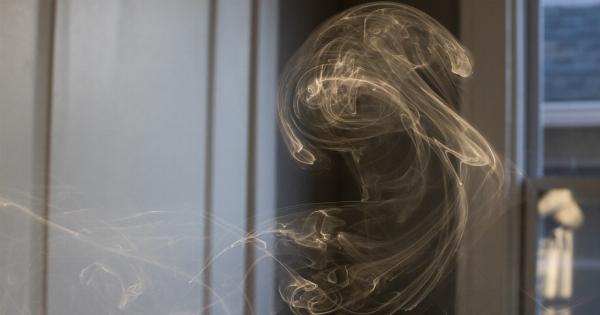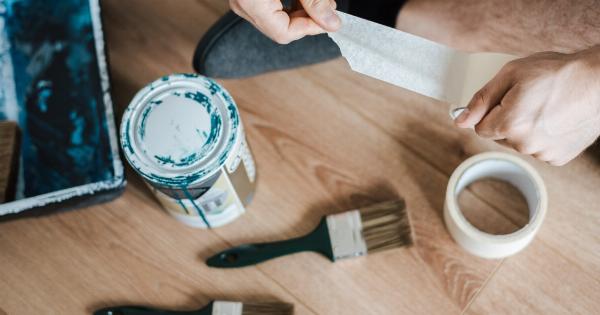Our homes are supposed to provide us with a safe and healthy environment, but what if they are harboring hidden dangers? While we often associate toxins with external pollutants and contaminated air outdoors, we tend to overlook the fact that our indoor spaces can also be a breeding ground for harmful substances. From cleaning products to furniture, there are several surprisingly toxic items lurking in our homes. Let’s delve into some of these dirty secrets and uncover the toxins hiding in plain sight at home.
1. Synthetic air fresheners
We all love a fresh-smelling home, but synthetic air fresheners can be detrimental to our health. They often contain harmful chemicals such as phthalates, which can disrupt hormone function and lead to reproductive problems.
Opt for natural alternatives like essential oils or open your windows to let in fresh air.
2. Non-stick cookware
That convenient non-stick coating on your cookware might be releasing toxins into your food. Perfluorinated compounds (PFCs) used in the production of non-stick cookware can leach into your meals and pose health risks.
Consider switching to stainless steel or cast iron cookware instead.
3. Flame-retardant furniture
While flame-retardant chemicals in furniture are intended to enhance safety, they can have adverse effects on our health.
These chemicals can release toxic fumes when furniture catches fire, potentially causing respiratory issues and other health problems. Look for furniture made without flame retardants or those labeled as “low VOC.”.
4. Chemical-based cleaning products
We rely on cleaning products to keep our homes tidy, but many of them contain harmful chemicals.
Ingredients like phthalates, ammonia, and chlorine can be found in various cleaning solutions and can cause respiratory irritation, allergies, and even long-term health issues. Choose green cleaning alternatives or make your own cleaning products using natural ingredients like vinegar and baking soda.
5. Mold and mildew
Mold and mildew are not only unsightly but also pose a significant health risk. They can release spores that cause respiratory problems and allergies.
Keep your home well-ventilated and address any signs of moisture or water leaks promptly to prevent the growth of mold and mildew.
6. Pesticides
We use pesticides to eliminate pests, but these chemicals can also harm us.
Pesticides contain toxic ingredients that can be inhaled or absorbed through the skin, potentially leading to health issues like skin irritation, hormonal disruption, and even cancer. Explore natural pest control methods or consult professionals who specialize in environmentally friendly pest management.
7. Lead-based paints
If you live in an older home, there is a possibility that the paint used contains lead. Lead-based paints were commonly used before their health hazards became widely known. Exposure to lead can lead to neurological damage, especially in children.
If you suspect lead-based paint in your home, consult professionals for safe removal and repainting.
8. Synthetic carpets
That plush carpet beneath your feet might be emitting harmful volatile organic compounds (VOCs). Synthetic carpets are often made with petroleum-based materials and can release toxic fumes, leading to respiratory problems and allergies.
Opt for natural fiber carpets or explore alternatives like hardwood or tile flooring.
9. Paraffin candles
Candles can create a cozy ambiance, but many traditional candles, especially those made from paraffin wax, can release toxic chemicals when burned. These chemicals include toluene and benzene, which are known to be carcinogenic.
Choose candles made from natural materials like beeswax or soy wax.
10. Electronic devices
While electronic devices bring convenience and entertainment, they can also emit electromagnetic fields (EMFs) and contribute to indoor pollution.
Prolonged exposure to high levels of EMFs has been associated with various health problems, including headaches, sleep disturbances, and even cancer. Limit your exposure by keeping your devices at a distance while sleeping and taking regular breaks from screens.
Conclusion
Our homes should be a sanctuary, free from toxins and pollutants. However, many everyday items we use without a second thought can hide harmful substances.
By being aware of these dirty secrets and making conscious choices, such as opting for natural alternatives and reducing our reliance on chemicals, we can create healthier living spaces. Invest in your well-being and take steps to eliminate these hidden toxins from your home.































